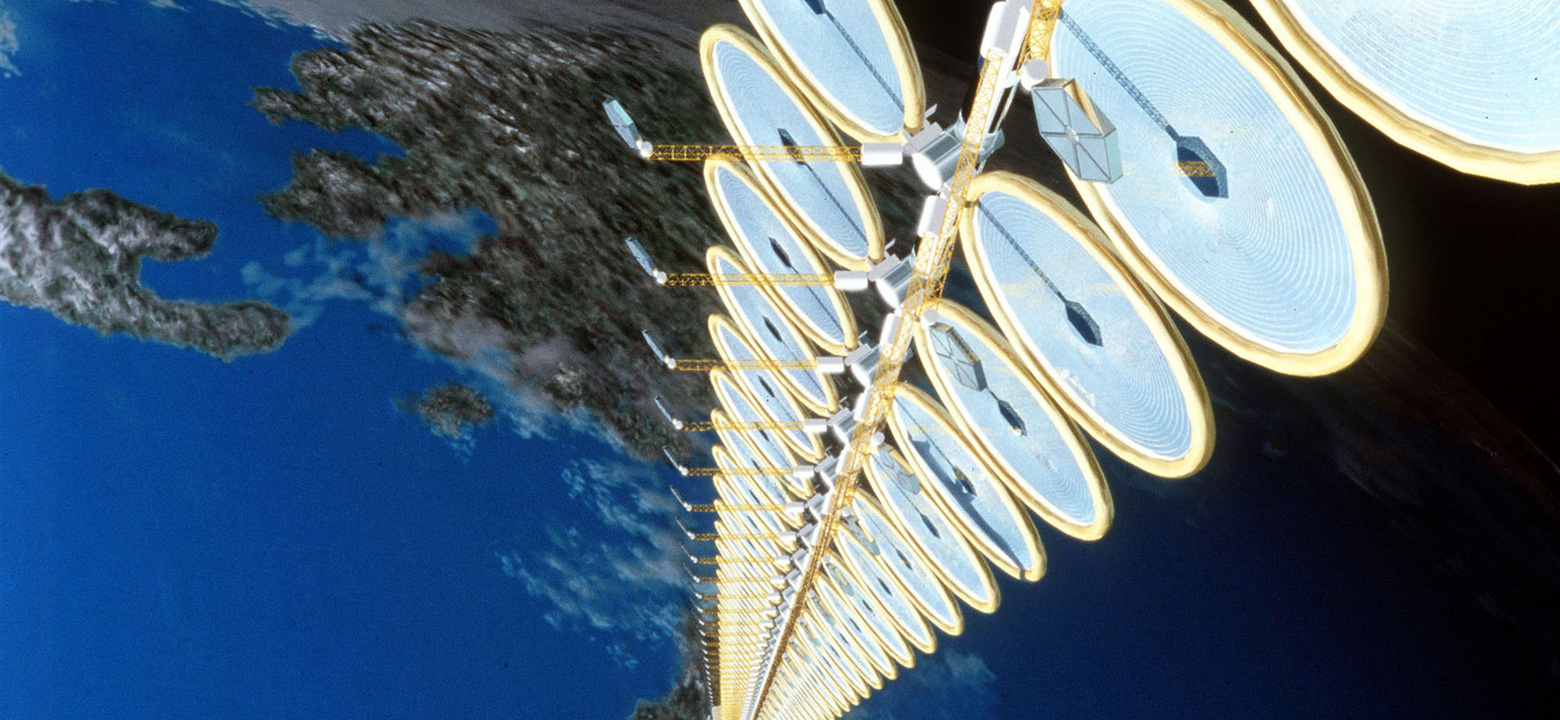
As the world’s energy sources like coal and petroleum dwindle, scientists continue to scramble to find new sources that will last longer and burn cleaner. Since the 1970s, they have focused on harnessing the power of the sun.
Solar farms are becoming more commonplace in the U.S. and throughout the world today. Thanks to global efforts for going green, space-based solar farms could soon become a reality.
Solar farms are found in numerous places in the U.S. today especially in sunny states like Arizona, Utah, and California. These farms are large-scale operations consisting of solar photovoltaic or PV panels that generate green, renewable electricity on a large scale in order to feed the local grid.
They are most often found in rural areas and can span anywhere from one to 10,000 acres. A single acre solar power farm can generate enough energy to power 1500 homes and save 2150 tons of carbon dioxide.
The U.S. is currently home to the world’s largest solar power farm. Located in Rosamond, California, the Solar Star solar farm was completed in 2015. It has 1.7 million PV solar panels that span more than 3200 acres. It generates enough clean energy to power more than 250,000 homes.
In nearby San Luis Obispo County, California sits the Topaz solar farm. This farm opened in 2014 and utilizes nine million solar modules. It generates enough solar energy to power 160,000 homes.
The Desert Sunlight solar farm ties with the Topaz solar farm for being the second largest in the world. Located in the Sonoran Desert in California, it opened in 2015. It utilizes 8.8 solar modules and spans over six square miles. Like the Topaz solar farm, it creates enough energy efficient power to service more than 160,000 California homes.
Until the last decade, China took a backseat to the U.S. in the bid to harness the sun’s energy. Now, however, it is taking the lead in the global community and could soon be the first nation to establish a solar farm in space. It has its sights set on building this solar power station by 2050, making it the first of its kind in history.
If China is successful in building the first space-based solar station, it will have the advantage of being able to access the sun’s power unimpeded by factors like cloudy weather or nighttime. It will be able to generate eight to nine times the power of earth-based solar farms. This access could be beneficial for places like Japan and Northern Europe that have more cloudy than sunny weather and lag behind other countries in solar-based technology.
However, China’s biggest challenge to its ultimate goal of building a space-based solar farm involves making the needed equipment light enough to launch and maintain in space. Physicists acknowledge that they are still working at making this equipment lightweight enough to serve its ideal purpose.
If they are eventually successful, Chinese scientists hope to launch tens of thousands of satellites into space more than 22,000 miles above Earth. The satellites ideally will form a cone-shaped structure that could generate more than 2000 gigawatts of power, significantly more than the 1.8 gigawatts generated by Earth-based solar farms now.
The drive toward making solar power available throughout the world continues to move forward. Plans for building what will become the world’s largest solar farm are currently underway in Egypt. The farm will use five million PV panels and cover an area 10 times the size of Central Park in New York. It will generate more than 1.8 gigawatts of solar energy.
Solar energy experts also predict that solar farms will become more commonplace in third-world countries. As panels become more affordable, countries in places like Africa and Asia could soon build farms that will generate enough energy for thousands of homes. Government leaders worldwide continue to discover that solar power is low-cost, reliable, simple, and relatively quick to access with the right technology.
As solar farms continue to be built all over the world, space-based solar farms could soon become a reality. As the world’s finite energy sources reach depletion levels, scientists work to make solar power more accessible throughout the world. Thousands of gigawatts of solar energy could soon be transmitted to Earth from space and into countries like Japan, Norway, Denmark, and several others that cannot generate solar energy of their own.